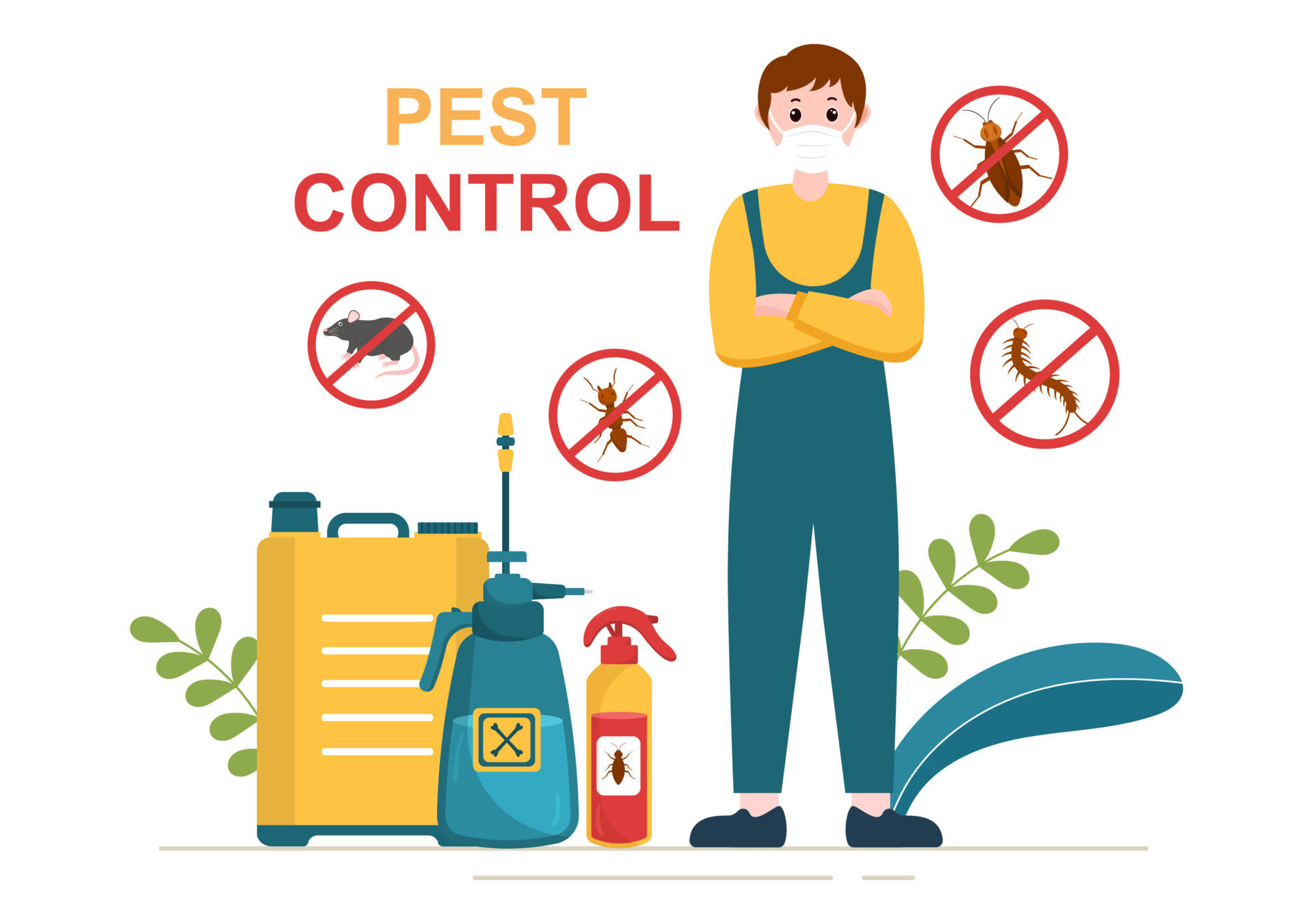Expert Parasite Control Techniques for Long-Term Results
Expert bug control strategies envelop an extensive method that starts with a complete assessment and evaluation, complied with by exact insect identification to understand their actions patterns. The execution of Integrated Bug Administration (IPM) concepts, paired with eco-conscious therapies, creates the foundation of sustainable pest eradication.
Inspection and Assessment
Upon entering a property for pest control solutions, the preliminary step is a detailed assessment and assessment to recognize the degree of the infestation and establish the most efficient therapy strategy. Professional insect control technicians are trained to carefully take a look at the properties, looking for signs of pest activity such as droppings, nibble marks, nests, or any type of architectural damages. They will certainly likewise examine the problems that might be bring in parasites, such as food sources, water leaks, or entrance factors.

Parasite Recognition and Habits

In addition, understanding the behavior of the determined parasite is key to executing efficient control procedures. For example, knowing where insects nest, what they eat, and their task patterns can aid pest control professionals develop methods to remove them efficiently. Some pests may be nocturnal, while others are a lot more energetic throughout the day. This understanding enables the application of treatments at ideal times for optimum effectiveness.
Integrated Bug Monitoring (IPM)
Integrated Parasite Administration (IPM) methods incorporate numerous strategies to control and stop bug infestations in a sustainable and eco-friendly fashion. bed bug treatment. By incorporating techniques such as organic control, habitat control, alteration of social methods, and using resistant selections, IPM intends to decrease the usage of chemical pesticides
One of the vital concepts of IPM is the focus on prevention. This proactive technique involves tracking pest populaces consistently to detect any kind of prospective concerns before they intensify. By identifying pest problems early, pest control steps can be carried out quickly and efficiently.
Furthermore, IPM advertises using safe bug control methods whenever possible. This can include using natural predators of the insects, presenting beneficial pests, or utilizing scents to disrupt mating patterns. By lowering reliance on chemical pesticides, IPM not just secures the environment yet also helps preserve an equilibrium in the ecological community.
Environmentally-Friendly Treatments
Carrying out eco-conscious techniques in insect control treatments can successfully resolve infestations while focusing on ecological sustainability. Environmentally-friendly therapies focus on decreasing the impact of parasite control approaches on ecosystems, non-target microorganisms, and human health and wellness.
One more secret aspect of environmentally-friendly therapies is making use of organic and naturally degradable products that damage down swiftly without leaving unsafe deposits in the setting. Organic pesticides obtained from plants like chrysanthemums or neem use efficient insect control while posturing marginal threat to non-target varieties. Utilizing methods like warm therapies or scent catches can target specific insects with accuracy, reducing the total ecological influence of pest control practices.
Recurring Surveillance and Maintenance
Normal examinations by qualified specialists are essential to identify any signs of pest task, evaluate the performance of previous treatments, and make modifications to the bug control strategy as needed. By keeping an eye on parasite populaces over time, bug control experts can track trends, anticipate potential issues, and implement preventive measures to decrease the threat of future problems.
In addition to monitoring, upkeep methods are vital for lasting insect control success. This consists of executing proper hygiene steps to remove prospective food and water sources for bugs, sealing off access points to protect against bugs from entering the properties, and attending to any architectural issues that can facilitate pest infestations (Exterminator DC). By incorporating recurring monitoring and upkeep right into an integrated parasite administration strategy, organizations can make sure a pest-free atmosphere and guard their home versus expensive damage and health threats
Final Thought
To conclude, using specialist pest control techniques such as detailed evaluation and evaluation, precise parasite recognition and understanding of their behavior, integrated insect administration approaches, environmentally-friendly therapies, and ongoing tracking and upkeep are crucial for accomplishing long-lasting lead to pest control. By carrying out bed bug treatment these methods, individuals can successfully take care of insect problems and maintain a pest-free environment in a lasting fashion.